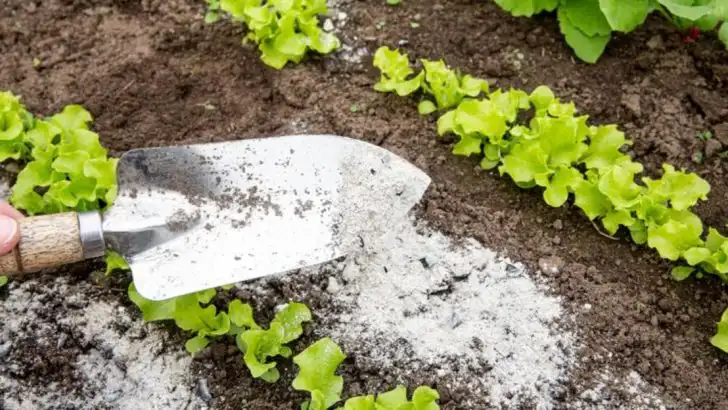Wood ash, often considered a byproduct of burning wood in your fireplace or stove, is actually a valuable resource for your garden. Packed with essential nutrients like potassium, calcium, and magnesium, wood ash can be a natural way to improve your soil and boost your plants’ growth. But its benefits don’t stop there—this humble garden tool has a variety of surprising uses that can transform your garden into a thriving paradise.
In this article, we’ll dive into 14 innovative ways you can use wood ash to enhance your gardening routine. From enriching your soil to acting as a natural pest repellent, wood ash has more to offer than you might expect. If you’ve been tossing it away, now’s the time to give it a second look!
Soil Amendment
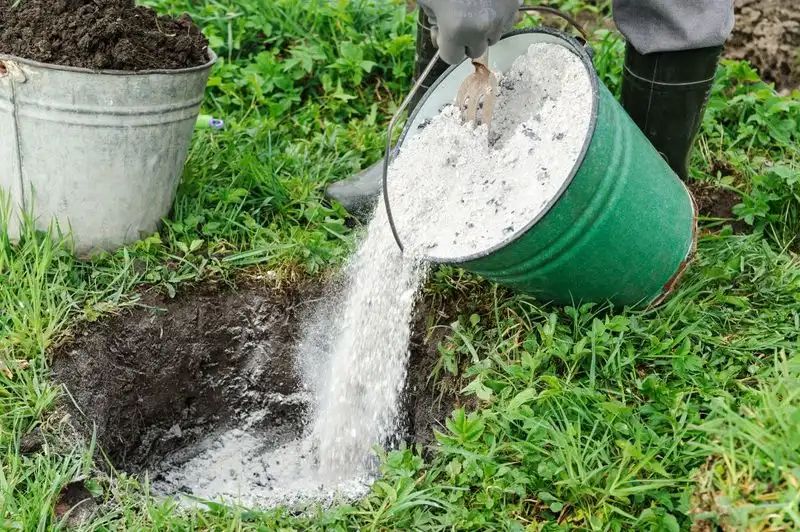
Sprinkling wood ash can enhance soil quality by increasing its pH and adding essential nutrients like potassium and calcium. As a natural lime substitute, it helps to neutralize acidic soils, making them more fertile for plant growth. This adjustment can be especially beneficial for vegetables like tomatoes and beans, which thrive in less acidic environments. Gardeners should apply ash cautiously, ensuring not to overdo, as too much can lead to alkalinity. Always mix it thoroughly with the soil, avoiding clumps that could hinder plant roots. Regular checks on soil pH can guide proper application.
Pest Deterrent
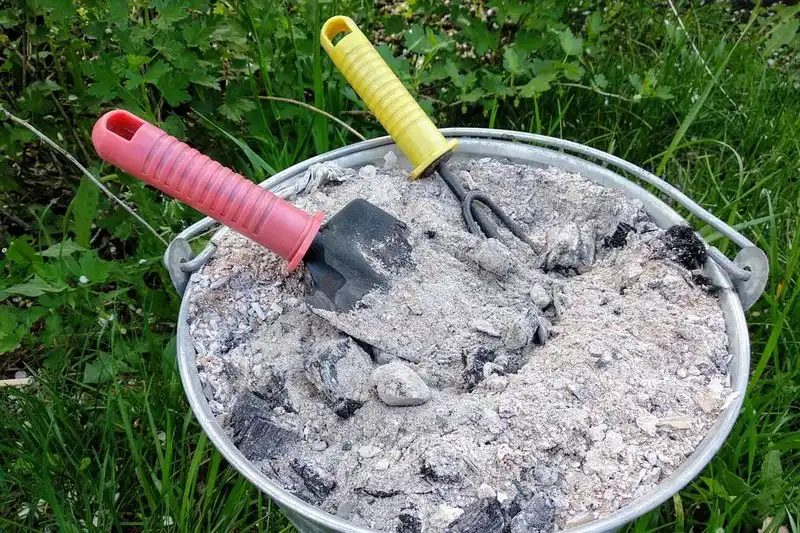
Ash acts as a barrier against soft-bodied pests like slugs and snails, who dislike crawling over it. This natural deterrent can be sprinkled lightly around plant bases, creating a protective circle. The gritty texture of ash irritates these pests, encouraging them to seek food elsewhere. Unlike chemical pesticides, ash offers a safer option for protecting tender plants without harming beneficial insects. However, applying it after rain or watering is crucial, as moisture can diminish its effectiveness. Regular reapplication ensures continuous protection throughout the growing season.
Compost Booster
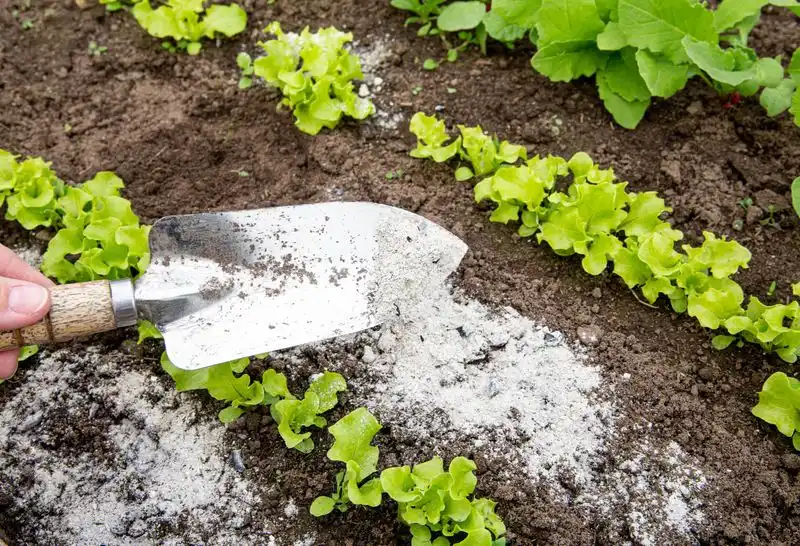
Adding wood ash to compost can enhance decomposition by balancing the pH and adding minerals. It speeds up the breakdown of organic matter, resulting in richer compost. The alkaline nature of ash counteracts acidity, creating an ideal environment for microorganisms that aid decomposition. A thin layer of ash sprinkled between green and brown layers of compost helps maintain this balance. However, moderation is key; too much ash can make compost too alkaline. Aim for a light dusting rather than heavy layers, ensuring the compost remains nutrient-rich and beneficial for garden use.
Pathway Traction

Beyond the garden, wood ash can improve safety by providing traction on icy pathways. Sprinkling ash on slippery surfaces can reduce the risk of falls by enhancing grip. This eco-friendly alternative to salt won’t harm plants nearby, making it suitable for paths adjacent to garden beds. Additionally, ash’s fine texture ensures even coverage, offering a quick solution during frost spells. Users should apply it sparingly, as excessive ash can create dust when dry. Its effectiveness in preventing slips makes it a valuable addition to winter garden maintenance routines.
Tomato Fertilizer
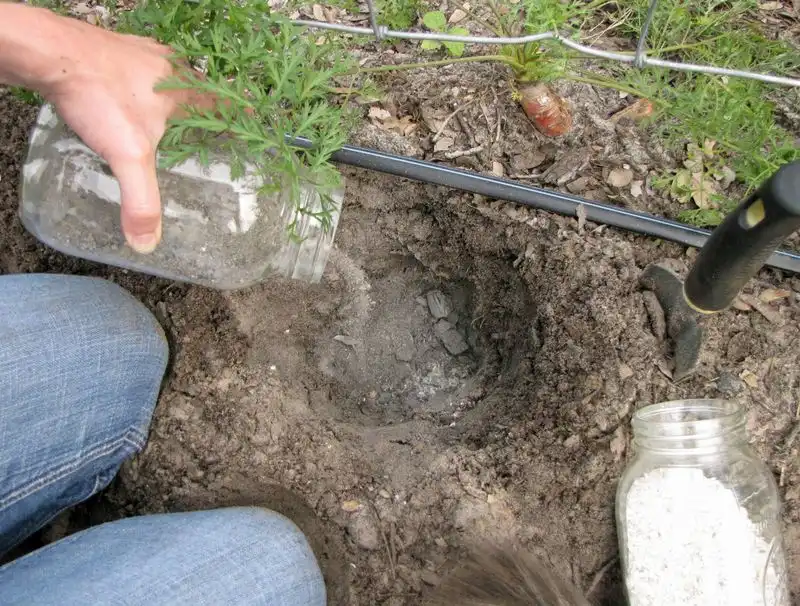
When used as a fertilizer, wood ash can provide tomatoes with essential nutrients like potassium and calcium, promoting vigorous growth. Its alkalizing effect can also help adjust soil pH to optimal levels for tomato cultivation. A careful sprinkle around the base of plants ensures that nutrients reach the roots without overwhelming the soil. Regular watering helps integrate the ash into the soil, facilitating nutrient absorption. However, gardeners should avoid using ash from treated wood, as chemicals can harm plant health. Consistent application during the growing season can yield abundant, juicy tomatoes.
Odor Neutralizer

Wood ash’s absorbent properties make it excellent for neutralizing odors in compost piles and bins. A light dusting over compost materials can mitigate unpleasant smells by balancing moisture and pH levels. The alkaline nature of ash helps to counteract acidic odors, keeping compost areas more pleasant. Its application is simple; just sprinkle a thin layer over fresh compost additions. Regular use can prevent odor buildup, making garden maintenance more enjoyable. Gardeners should monitor the amount used to maintain a balanced compost environment, ensuring it remains beneficial for soil enrichment.
Lime Substitute

For those seeking an environmentally friendly alternative to lime, wood ash serves as an effective substitute. It raises soil pH, improving conditions for plants that prefer less acidity, like broccoli and cabbage. The presence of calcium in ash supports cell structure, enhancing plant robustness. Gardeners can apply it much like lime, spreading a thin layer over soil and mixing well. This approach not only benefits plant health but also recycles natural waste. As with lime, moderation is key to avoid excessive alkalinity. Regular soil testing can guide the appropriate amount to use.
Fungi Control

Wood ash can act as a natural antifungal agent in gardens, helping to control unwanted fungi. Sprinkling ash around plant bases or mixing it into the soil can deter fungal growth, especially in humid conditions. The alkaline properties of ash create an inhospitable environment for fungi that prefer acidic settings. However, it’s important to use it judiciously, as over-application can harm beneficial soil organisms. A balanced approach ensures that plants remain protected without upsetting the ecological balance. Regular monitoring can help identify when additional applications are needed for optimal plant health.
Tool Cleaner

Wood ash’s abrasive and absorbent qualities make it excellent for cleaning garden tools. Mixing ash with a bit of water creates a paste that can scrub away dirt and rust. This natural cleaner is both effective and environmentally friendly, leaving tools clean without chemical residues. After cleaning, a thorough rinse ensures no ash remains, preventing soil contamination. This method can extend tool life by maintaining their condition, proving cost-effective over time. Regular cleaning with ash not only keeps tools in top shape but also supports sustainable gardening practices.
Insect Repellent
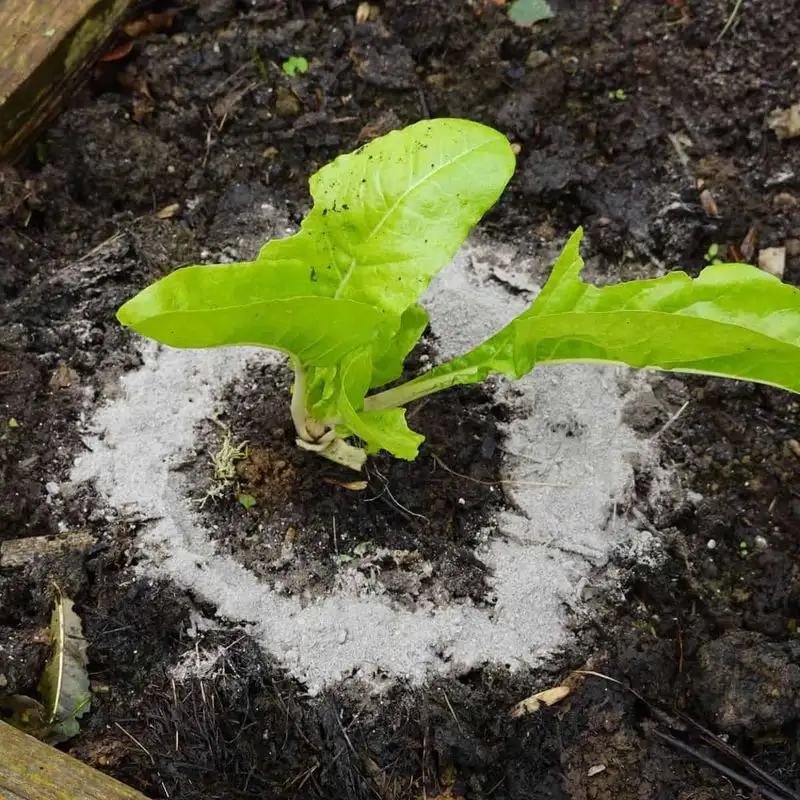
Insects can be a nuisance, but wood ash offers a natural solution for repelling them. Its alkaline nature and texture deter ants and beetles when sprinkled around plants. Acting as a physical barrier, ash prevents insects from reaching plant stems and leaves. This approach is particularly effective for vegetable gardens where chemical repellents are undesirable. Regular reapplication is necessary, especially after rain, to maintain an effective barrier. By choosing ash, gardeners opt for a sustainable, non-toxic method to protect their plants. This simple practice can lead to healthier, more productive gardens.
Algae Control

Wood ash’s alkaline properties make it useful for controlling algae in small ponds. By altering water pH, ash can inhibit algae growth, maintaining clearer water. This method offers a chemical-free alternative, preserving aquatic environments while managing algae. Gardeners should apply it carefully, ensuring not to overuse, which could harm pond life. A small amount sprinkled at the pond edges can start the process, with regular checks necessary to monitor water quality. This environmentally conscious approach to algae control supports overall pond health, benefiting both plant and animal life.
Deodorizer for Chickens
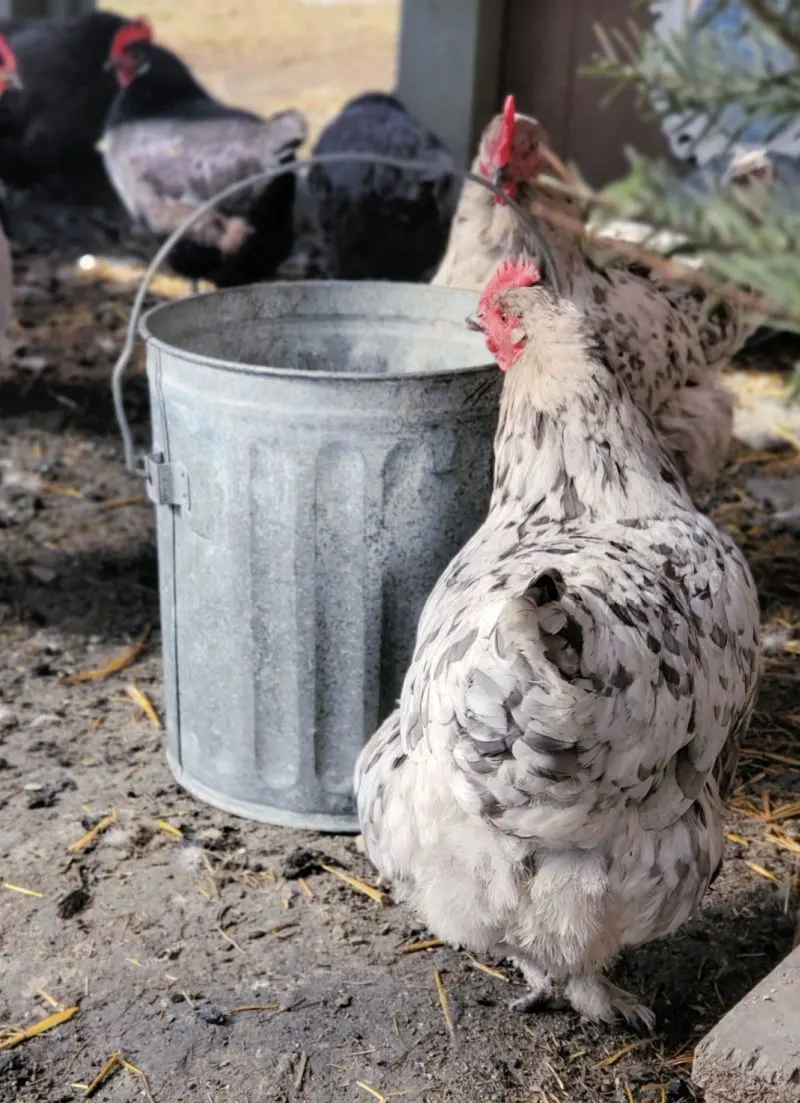
In chicken coops, wood ash can manage odor and moisture, creating a more pleasant environment. Sprinkling it on coop floors minimizes smells and helps absorb excess moisture, reducing ammonia levels. This practice benefits both chickens and their caretakers by maintaining a healthier living space. Ash’s natural properties offer an eco-friendly alternative to commercial deodorizers, aligning with sustainable farming practices. Regular application ensures continued freshness, supporting chicken health and comfort. Farmers should monitor ash amounts, balancing odor control with maintaining a safe environment for poultry.
Ice Melter

Wood ash can substitute for salt in melting ice, offering an eco-friendly solution for winter conditions. Its fine texture helps break down ice, improving traction on driveways and walkways. Unlike salt, ash won’t harm surrounding plants, making it ideal for garden-adjacent paths. Application is simple: spread a thin layer over icy areas for immediate effect. While it may not work as quickly as salt, its benefits for plant health and environmental conservation are significant. Regular use during winter ensures safer, slip-free pathways, adding to its functional versatility.
Fire Extinguisher

Beyond gardening, wood ash serves as an emergency fire extinguisher. Its smothering effect can quickly put out small fires in pits or grills. By covering flames with ash, oxygen supply is cut off, extinguishing the fire safely. This practical use extends ash’s utility beyond plant care, offering peace of mind during outdoor gatherings. While not a replacement for conventional extinguishers, it provides a handy solution when needed. Gardeners should keep a small bucket of ash accessible, ready for quick action. This dual-purpose role underscores ash’s versatility in and out of the garden.

